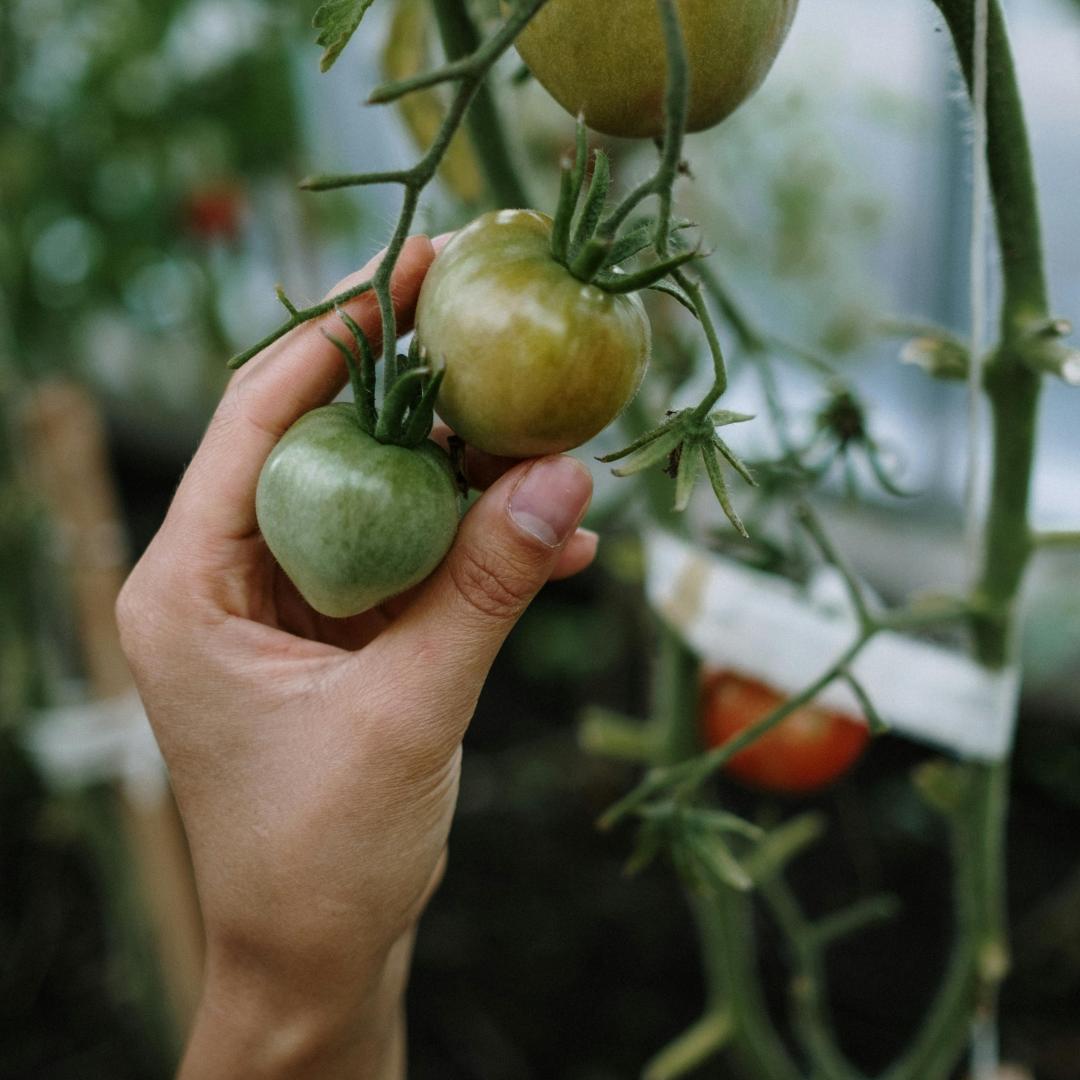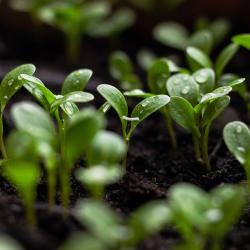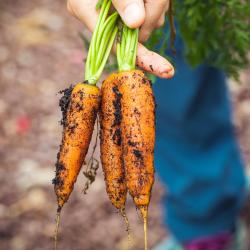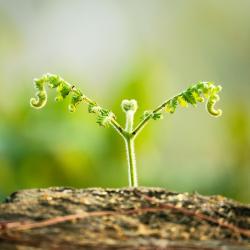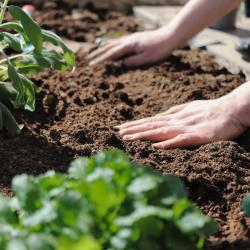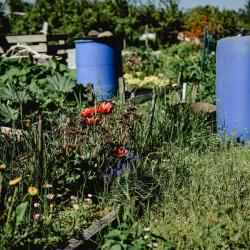Sustainable Gardening: Growing Your Own Food at Home
As global awareness about environmental conservation and climate change continues to rise, individuals are increasingly seeking ways to make their lifestyles more sustainable. One effective and rewarding method is through sustainable gardening, particularly by growing your own food at home. Not only does this approach contribute to environmental health, but it also offers numerous personal benefits, from fresh produce to mental well-being.
Environmental Benefits
Sustainable gardening significantly reduces the carbon footprint associated with food production. Traditional agriculture often involves the heavy use of fossil fuels for machinery and transportation, as well as synthetic fertilizers and pesticides that can degrade soil and water quality. By cultivating a garden at home using sustainable practices, you can cut down on these impacts. Techniques such as composting, rainwater harvesting, and crop rotation can further enhance soil health and biodiversity, leading to more resilient ecosystems.
Personal and Community Advantages
Growing your own food offers direct access to fresh, nutrient-rich fruits and vegetables. You control what goes into your garden, meaning you can choose not to use chemicals, ensuring that your produce is organic and safe. This not only benefits your health but can also result in cost savings over time, as grocery bills decrease. Additionally, sustainable gardening provides an opportunity to connect with nature, which has been linked to reduced stress, improved mood, and increased physical activity.
On a community level, home gardening can also encourage sharing and collaboration. Initiatives like seed swaps, community gardens, and workshops promote knowledge exchange and create bonds between neighbors, fostering a sense of community and support.
Getting Started
Starting a sustainable garden might sound daunting, but it doesn't have to be. Begin with simple steps that fit your environment and lifestyle. Even those with limited space can participate by using containers on balconies or windowsills. Here’s how to start:
-
Plan Your Garden: Consider what types of vegetables and herbs you enjoy and research their growing seasons and requirements. Start with easy-to-grow options like lettuce, tomatoes, and herbs such as basil and mint.
-
Prepare the Soil: Healthy soil is the foundation of a successful garden. Use compost to enrich your soil with nutrients, improve its structure, and promote beneficial microorganisms.
-
Choose the Right Tools: Basic tools such as a trowel, watering can, and pruning shears are essential. Investing in high-quality, durable tools can reduce waste over time.
-
Water Wisely: Implement water-saving techniques like drip irrigation or collecting rainwater. Water plants early in the morning or late in the evening to minimize evaporation.
-
Embrace Companion Planting: Use companion planting techniques to promote biodiversity and reduce pest problems. For example, planting marigolds near vegetables can deter certain insects.
-
Pest Management: Practice integrated pest management by encouraging natural predators, such as ladybugs and birds, to control pests. Handpicking and organic sprays are effective, chemical-free solutions.
Looking Forward
As urbanization continues to rise, sustainable gardening offers a feasible solution for food security and environmental stewardship, creating green spaces even in urban settings. It represents a lifestyle shift towards resilience and self-sufficiency, empowering individuals to make positive impacts one garden at a time.
Incorporating sustainable gardening practices into your routine not only nurtures the planet but also cultivates a sense of fulfillment and purpose. Whether you have a sprawling yard or a tiny balcony, the potential for growth—and the rewards that accompany it—are limitless.
